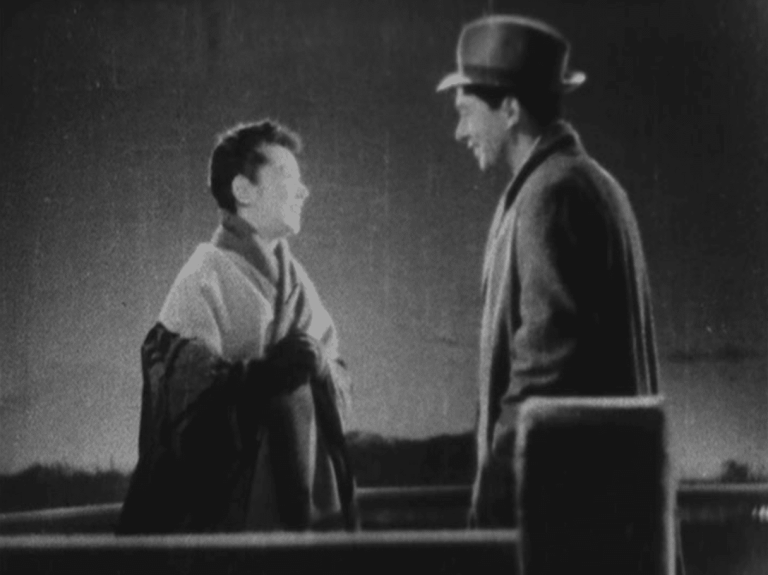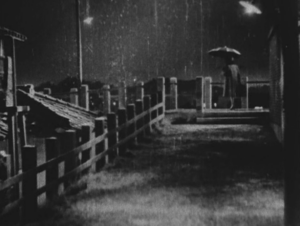
In the immediate aftermath of World War II, with Japan on the cusp of surrender and the allied troops descending upon Tokyo, the cinematic landscape faced a dramatic transformation. It was a juncture when General Douglas MacArthur, leading the occupation as the Supreme Commander of the Allied Powers (SCAP), set foot with a mandate to neutralize Japan’s nationalist tendencies. His strategy involved overseeing the media, prompting the rapid establishment of the Information Dissemination Section, a body intent on filtering Japanese media for content.
Shortly after, this entity evolved into the Civil Information & Education (CI&E) Division, shaping the direction of Japanese cinematic content. Forbidden themes were cast aside in favor of narratives that celebrated democracy, amongst them tales of soldiers’ reintegration, female liberation, labor union formation, and the revolutionary idea of marrying for love rather than obligation.
Director Keisuke Kinoshita, since childhood determined to be a filmmaker, adeptly pivoted within this new landscape. Early in his career at Shochiku Studios, Kinoshita had already begun to subtly incorporate pacifistic elements beneath the apparent fascist sheen of his works. His prescient approach would later pivot toward advancing democratic themes, resonating with the SCAP’s re-education goals.
Kinoshita’s wartime direction hinted at an undercurrent of progressivism, exemplified by the poignant film Army, which, despite its militaristic veneer, culminated in a scene interpreted by some as a subliminal protest against war. This, along with his films which sympathized with the youth’s romantic agency, afforded him a noteworthy position in the canon of post-war Japanese cinema.
Through films like Phoenix, Kinoshita challenged the pre-war connotations of intimacy, juxtaposing traditional familial pressures against the burgeoning freedom of youth. Notably, his on-screen romances, expressed through previously taboo physical affection, embodied this transition, with his narrative thread stretching from unrequited love to eventual acceptance of personal fulfillment over societal expectations.
Kinoshita’s 1947 masterpiece Marriage served as a mirror to the societal struggles of the era, offering a narrative tapestry that wove the hardships of stagflation into the lives of its characters—a significant shift from his prior work that scantily addressed post-war turmoil.

The film paints a stark image of life in Tokyo, plaguing its citizens with joblessness and exorbitant living costs. Yet, within such tribulations, Kinoshita wove powerful threads, contrasting the love story’s tenderness with the striking realities of the era, including factories pulsating with a newfound labor activism, even as the landscape of unionization began to darken with the growing conflict of the Cold War.
The layered narrative speaks volumes through the absence of overt emotional displays, perhaps influenced by lead actor Ken Uehara’s known reluctance to partake in public depictions of affection. This reserved intimacy adds to the film’s distinct charm and offered a nuanced portrayal of love within the context of social change and personal conviction.
Concluding with a poignant visual bookend, Marriage encapsulates an era of significant flux for Japan. Though less globally recognized than some of his other works, the film remains historically significant for capturing the essence of a nation in transition.